4 Butter Instead of Oil for Moist Baked Goods
Substituting butter for oil often crosses the mind of home cooks who find themselves with an empty oil bottle.
Butter imparts richer flavor and a creamier texture than most oils.
However, differences in water content and melting point complicate direct substitutions.
Successful swaps depend on the recipe and which qualities matter most.
Professional guidance suggests adjusting quantities to compensate for butter’s moisture.
With a few practical tips, this common dilemma becomes an opportunity to experiment and enhance dishes.
Discover how to make this substitution work beautifully in your cooking.
Oil Replacements for Butter
Butter shortages can happen unexpectedly, yet there are other fats that can easily fill in and maintain the smooth rhythm of your cooking or baking. Choosing one keeps the process uninterrupted from beginning to end.
Coconut Oil
Substituting coconut oil for butter in baking offers mild coconut flavor while providing MCTs that boost energy and burn fat more efficiently than other dietary fats.
Hazelnut oil is a popular alternative with its neutral taste that won't change your baked goods' flavor profile, making it versatile for multiple cooking methods.
Almond oil brings vitamin E benefits to dishes while complementing butter flavors beautifully without compromising aroma.
Olive oil is an accessible substitute with comparable nutritional benefits, particularly appealing for vegan diets despite being less stable than coconut oil.
Sesame Seed Oil
Sesame oil brings a distinctive nutty flavor to dishes, but tahini offers a worthy alternative when you can't find it in stores.
Making your own substitute is surprisingly easy - just toast a quarter cup of sesame seeds until golden and mix with one cup of neutral oil, being careful not to burn them for the best flavor.
The homemade version works wonderfully in dressings and as a finishing touch for many recipes, though it's worth noting that tahini performs better as a sauce or dressing rather than for high-heat cooking applications.
For storage, a simple container in the refrigerator keeps the oil fresh alongside your other cooking essentials, while straining out the seeds creates a smoother consistency.
Avocado Oil
Avocado oil stands as a popular butter substitute due to its high smoking point of 350 degrees, making it excellent for frying, roasting, and sautéing.
Many home cooks appreciate its neutral flavor profile that doesn't overpower dishes like butter sometimes can.
You can easily drizzle this versatile oil over salads and hummus or use it as a base for homemade mayonnaise without altering the intended taste of your recipe.
The nutritional profile matches butter with similar fat and calorie content, though avocado oil typically costs more than other cooking options.
For budget-conscious cooking at high temperatures, vegetable oil offers a less expensive alternative that performs similarly without becoming greasy.
Grapefruit Oil
Grapeseed oil is a versatile fat extracted from the seeds of grapes, making it an excellent substitute for butter in countless recipes from frying to salad dressings.
The remarkably high smoke point allows this oil to handle intense cooking methods like sautéing without breaking down.
Most supermarkets carry grapeseed oil despite its somewhat higher price tag compared to common alternatives.
Many home cooks appreciate its high polyunsaturated fat content when looking for healthier cooking options.
Other similar oils like olive, sesame, sunflower, avocado, peanut, or corn oil can work just as well if grapeseed oil isn't available for your cooking needs.
When You Shouldn’t Swap Out Oil
There are some recipes and situations where swapping out oil just isn’t a good idea, since oil plays a key role in flavor, texture, and even the science of cooking:
Frying and Deep-Frying
Oil is essential for crispy, golden results. Substituting with butter or margarine can burn at high temperatures, making food greasy or soggy.
Moisture in Baked Goods
Recipes like brownies, cakes, or muffins need oil to stay moist and tender. Substituting with applesauce or yogurt can work, but too much will make treats dense or rubbery.
Salad Dressings
Oil helps emulsify and blend ingredients, giving dressings a smooth, luscious finish. Using only vinegar, juice, or water makes dressings thin and flat.
Roasting Veggies
Oil coats vegetables, helping them brown and caramelize. Without it, veggies can dry out or steam instead of roasting.
Some Sauces and Marinades
Certain sauces, like pesto or chimichurri, need oil for flavor and consistency. Skipping oil changes the taste and makes sauces separate.
When Texture Matters
If a recipe calls for oil for its lightness, like in tempura batter or mayonnaise, swapping can ruin the intended mouthfeel.
Budget-Friendly Oil Substitute Solutions
Finding budget-friendly oil substitutes can help you save money in the kitchen while still making tasty, satisfying dishes for any meal:
Common Reader Questions About Cooking and Baking Without Oil
1. What can I use instead of oil for sautéing or frying?
You can use broth, water, or vegetable juice to sauté vegetables. For a richer flavor, try using wine, soy sauce, or tomato sauce.
2. Can I bake without using any oil?
Yes, you can bake without oil by substituting unsweetened applesauce, mashed banana, yogurt, or pureed pumpkin in cakes and muffins.
3. Will baking without oil change the texture of my food?
Baked goods may be more moist and dense, but the result is still delicious. Adjust baking time as needed for your specific recipe.
4. How do I prevent sticking when roasting or baking without oil?
Use parchment paper, silicone baking mats, or nonstick bakeware to prevent sticking and make cleanup easier.
5. Can I stir-fry vegetables without oil?
Yes, stir-fry using a small amount of broth or water, and keep the heat high. Stir frequently to avoid burning.
6. Are there healthy alternatives to oil in salad dressings?
Try blending avocado, silken tofu, yogurt, or hummus with vinegar or citrus juice for creamy, oil-free salad dressings.

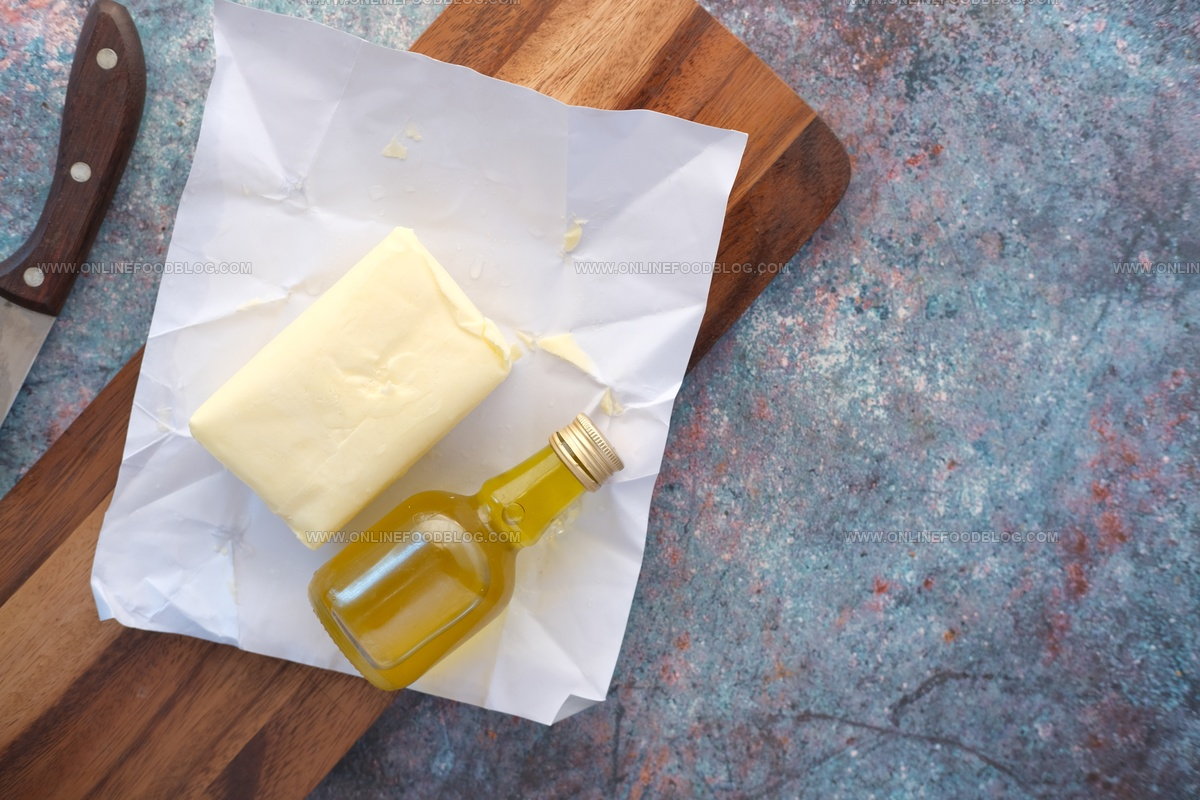
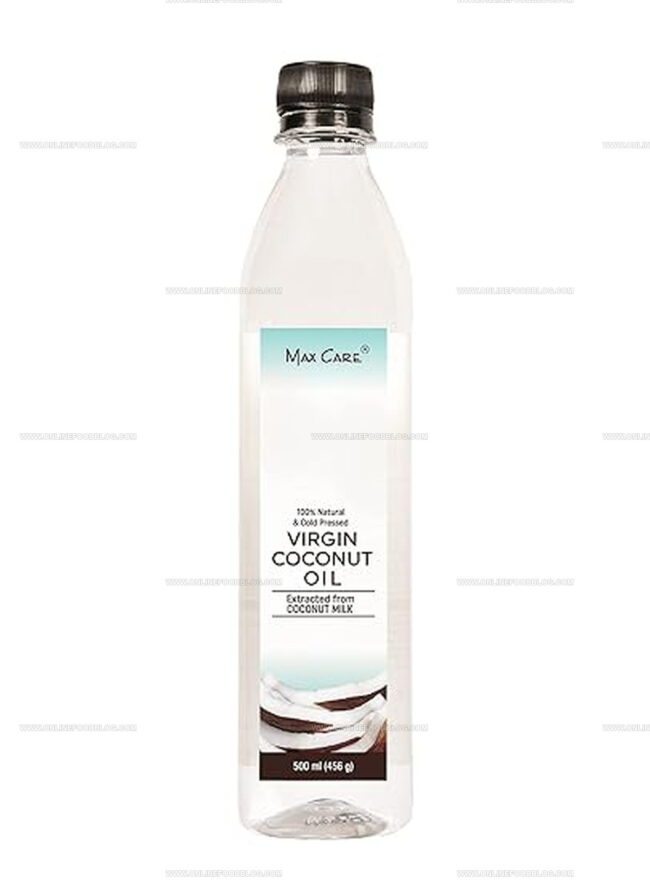
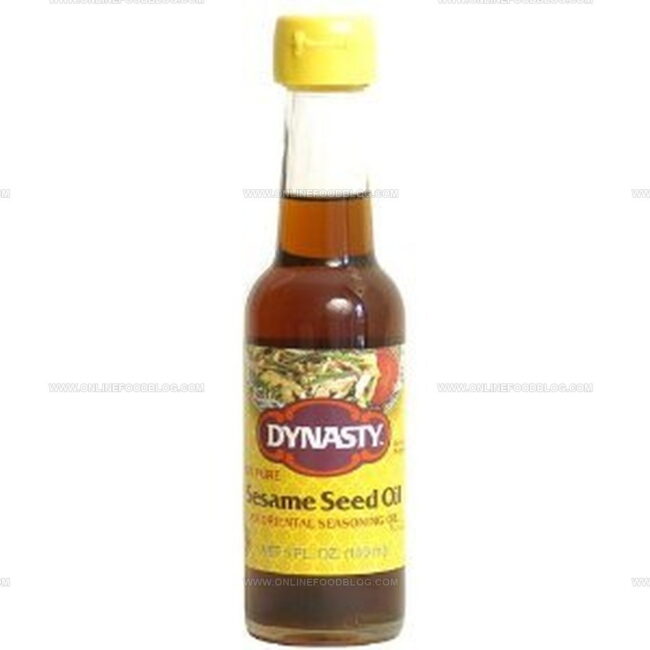
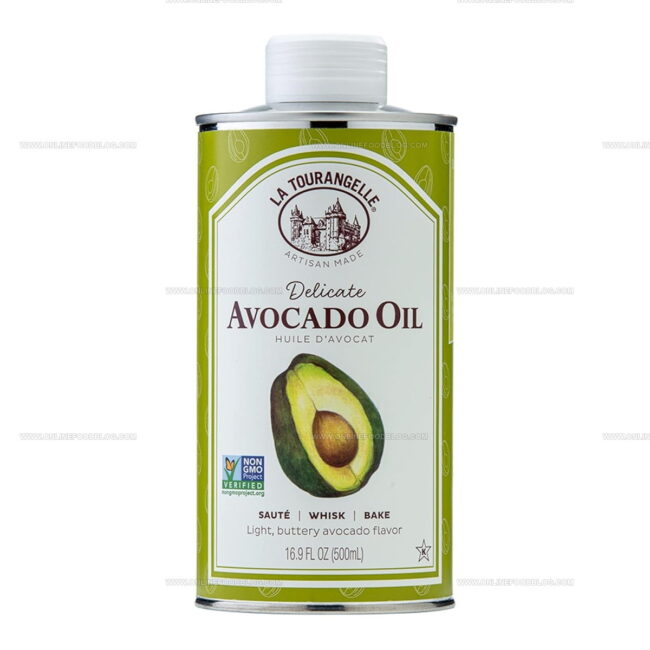
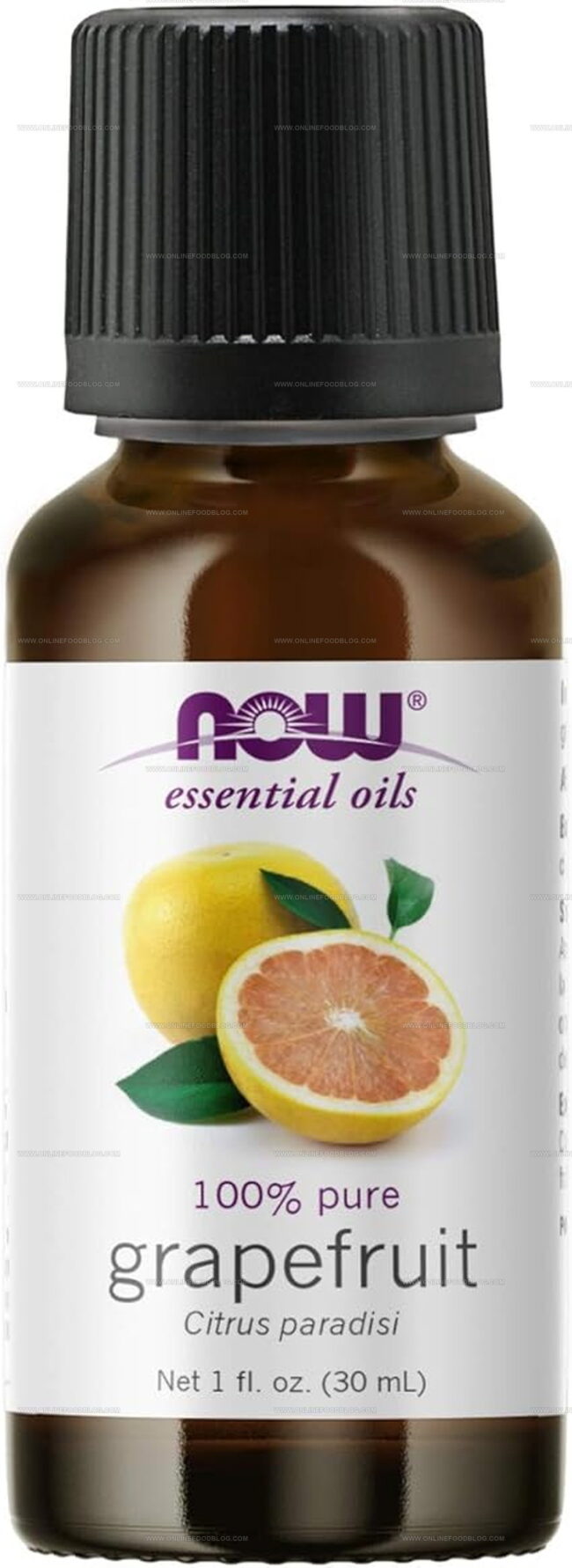


Lucas Bennett
Founder & Recipe Creator
Expertise
Simple Everyday Recipes, Sustainable Cooking Practices, Creative Meal Planning, Recipe Testing and Improvement
Education
Fox Valley Technical College, Appleton, Wisconsin
Lake Superior College, Duluth, Minnesota
Lucas Bennett’s cooking journey started in his parents’ kitchen, where he learned to prepare tasty, no-fuss meals from scratch. His culinary passion led him to Fox Valley Technical College, where he gained practical cooking skills.
He then expanded his focus on sustainability at Lake Superior College. Today, Lucas shares easy, approachable recipes designed to make cooking enjoyable and stress-free for everyone.